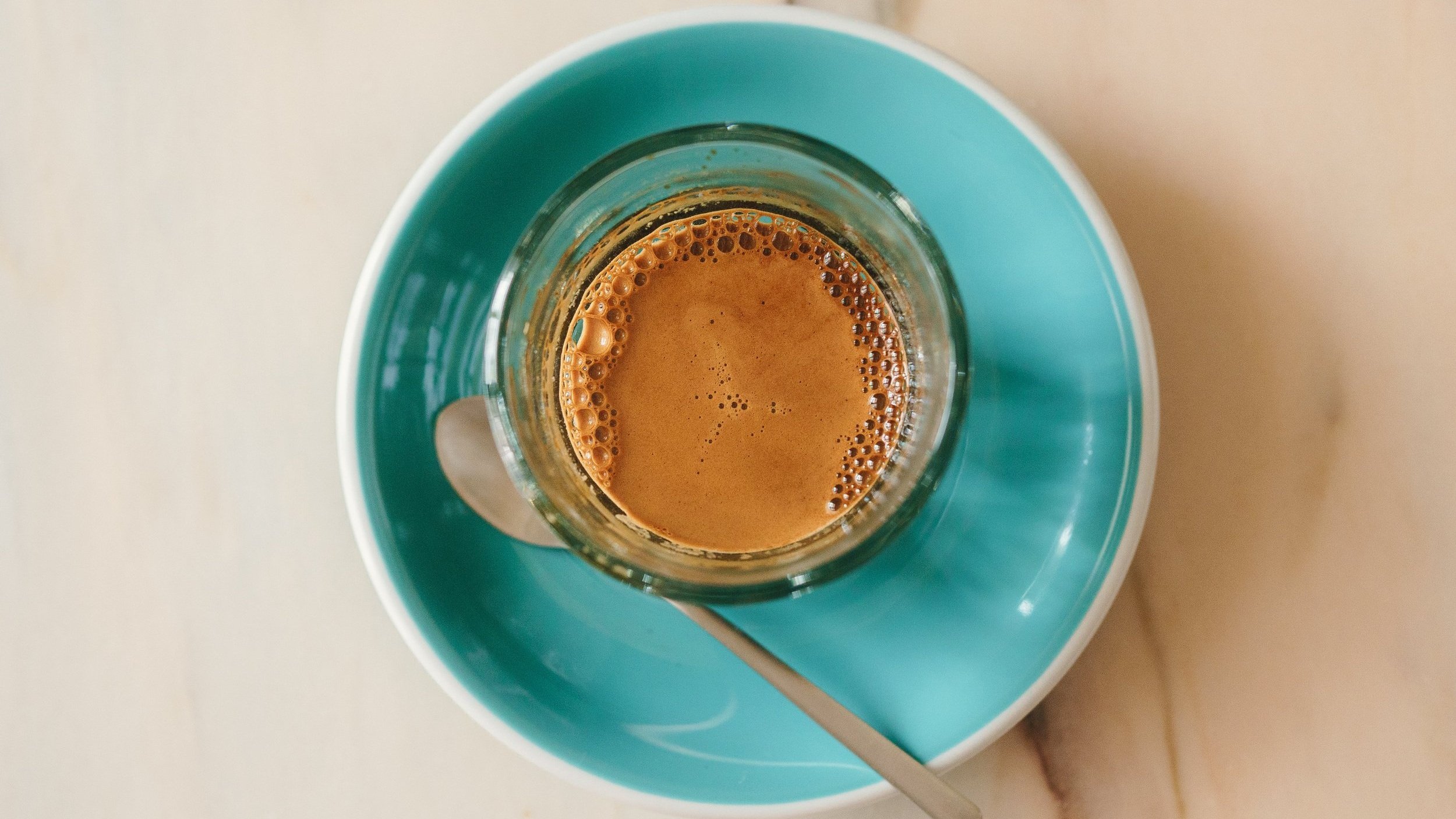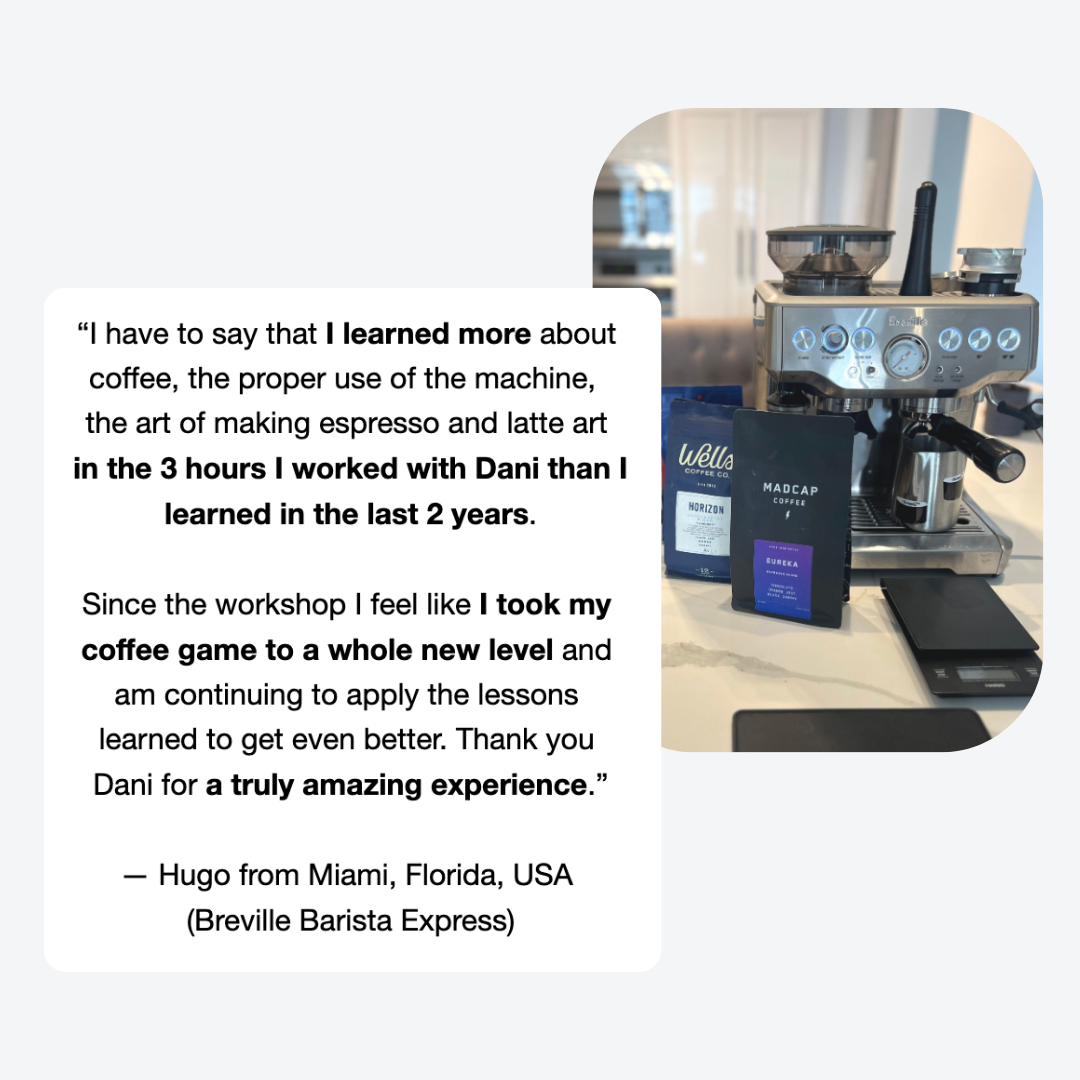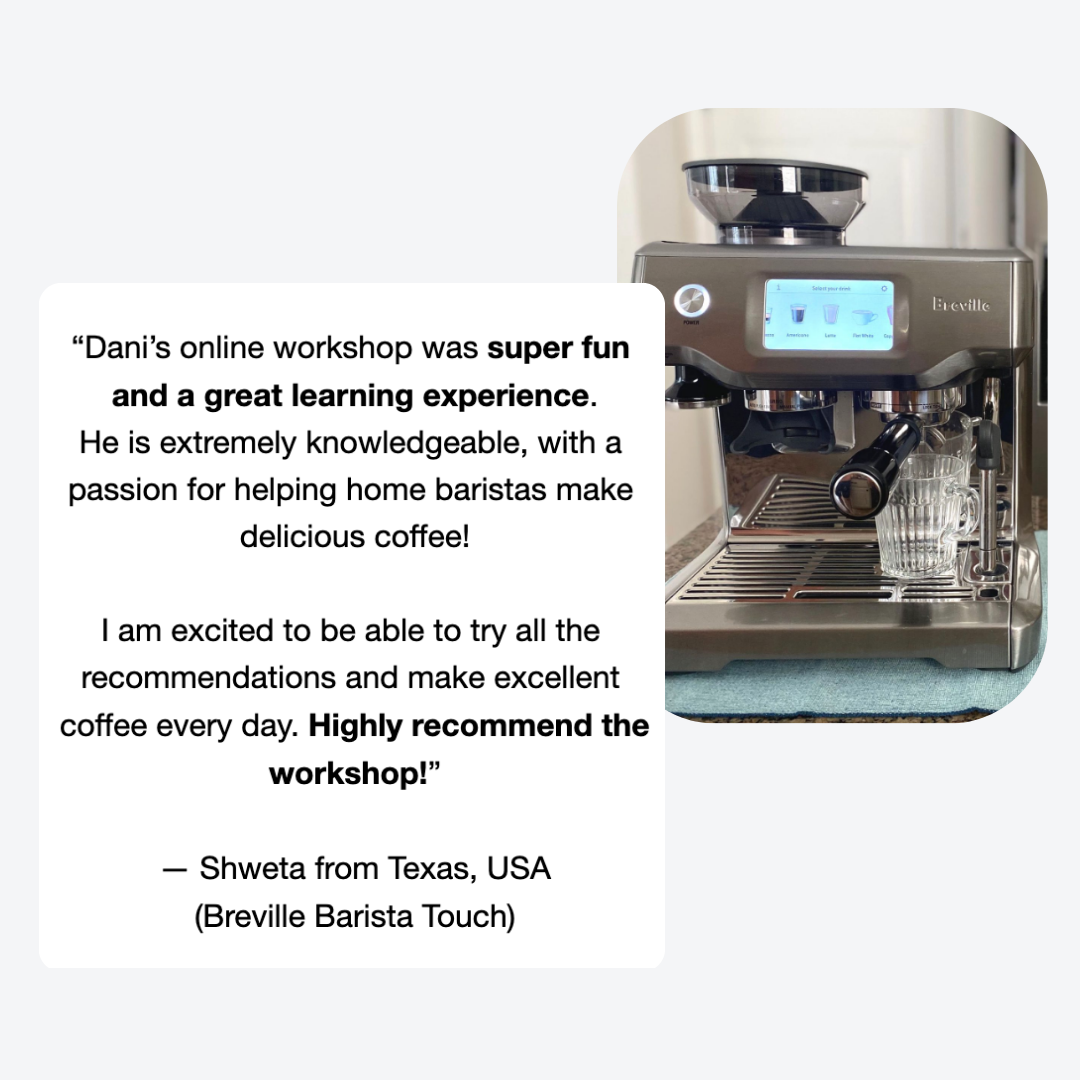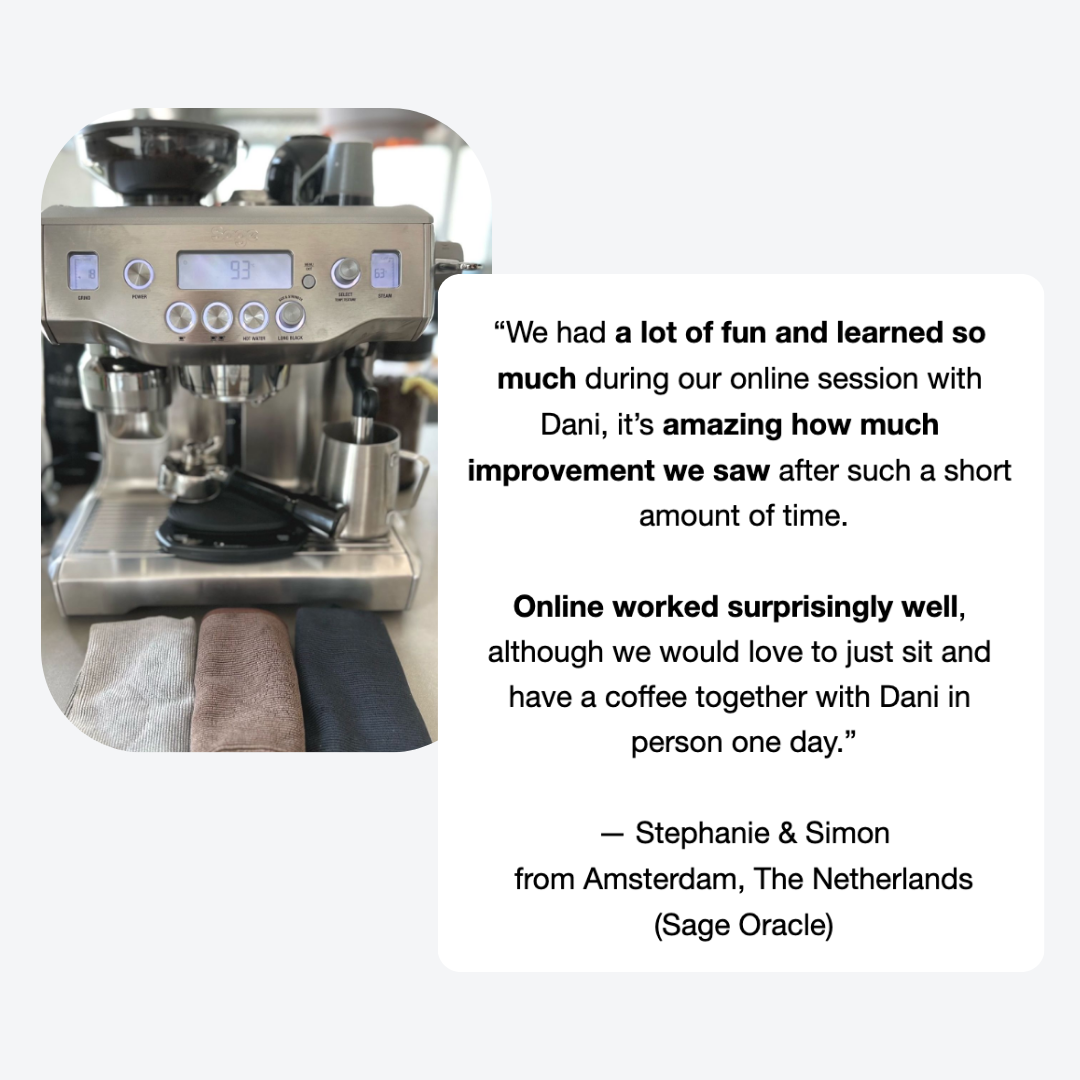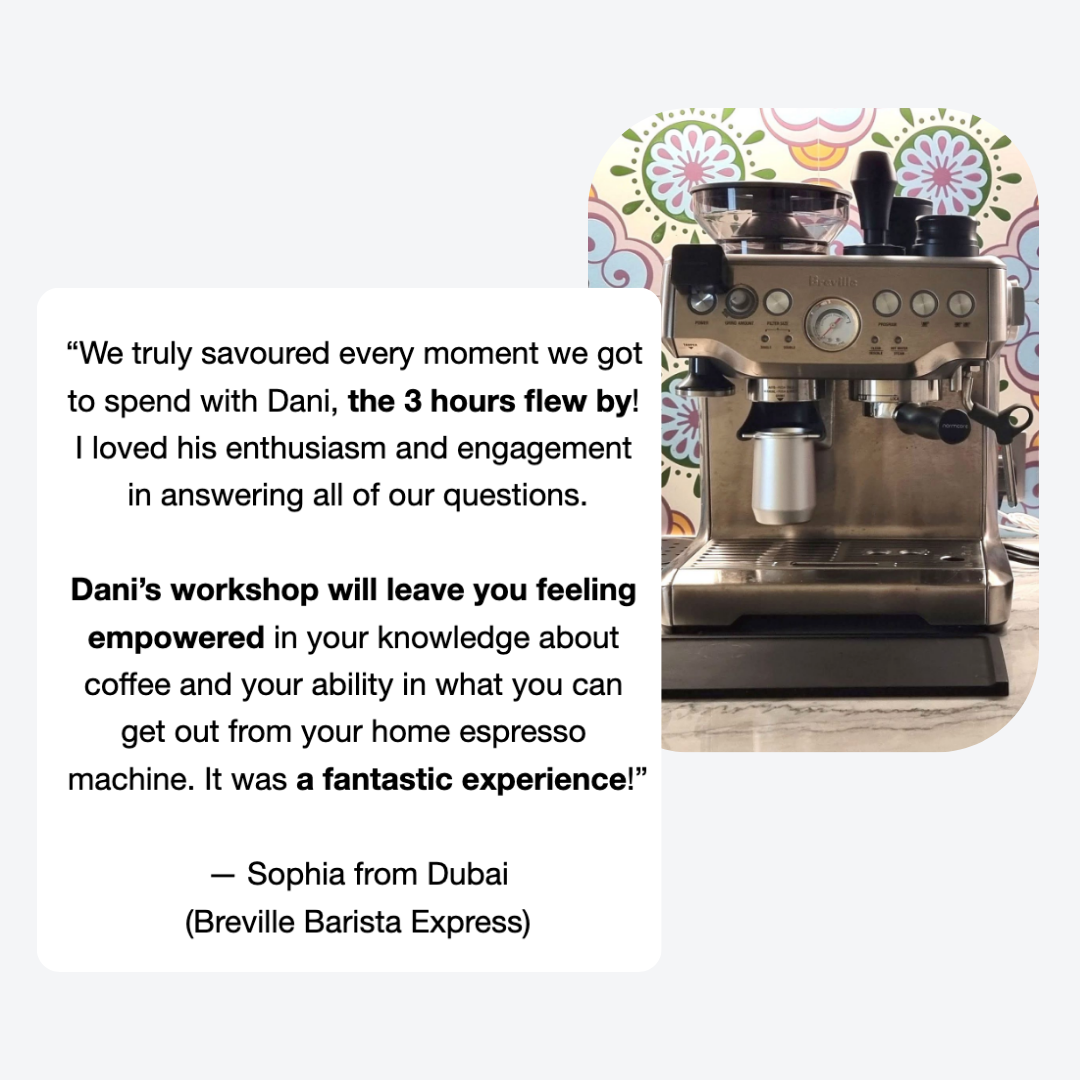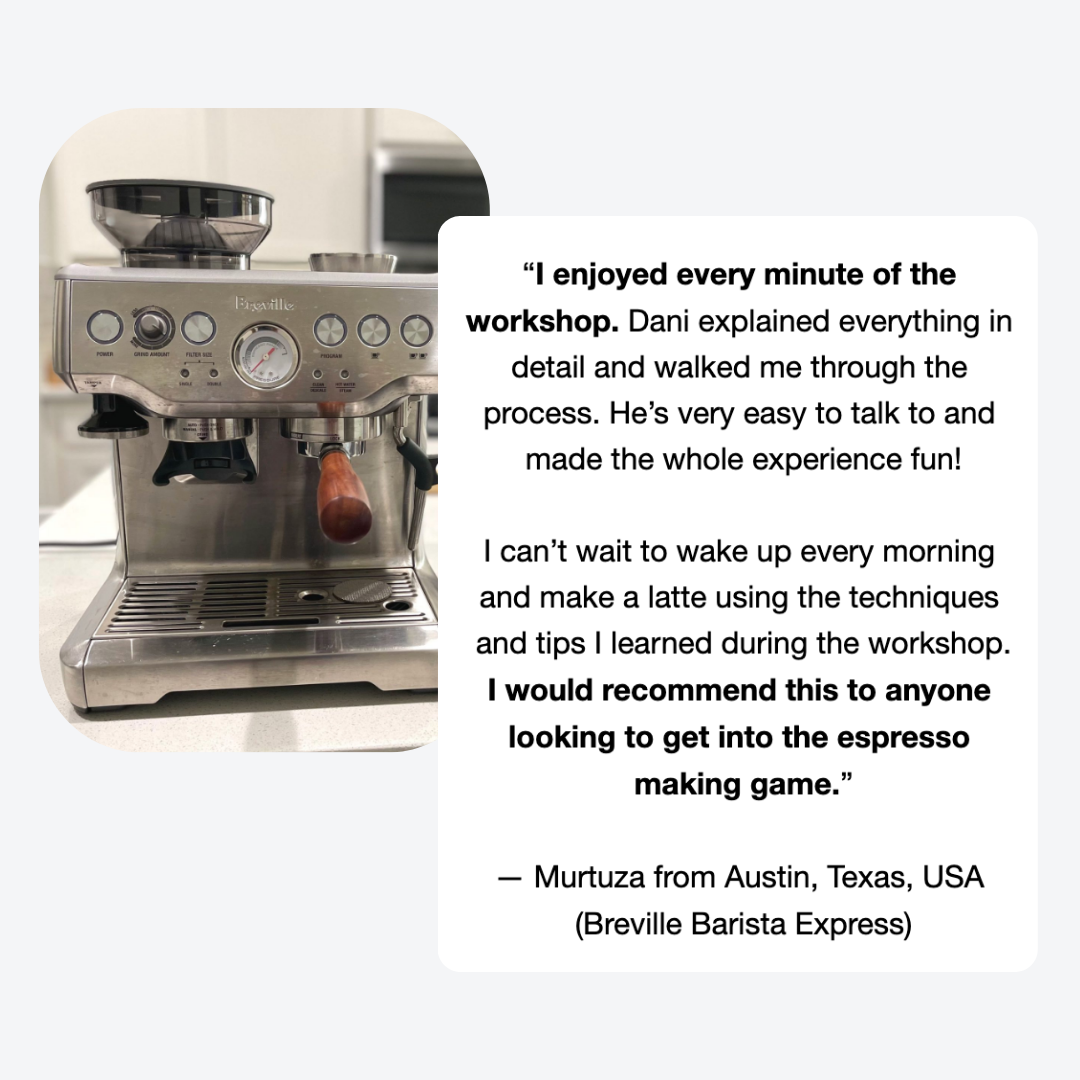5 essential tips for the beginner home barista
Improve your home barista game
If you just got an espresso machine for home, congrats! From making a proper shot of espresso all by yourself to pouring your first latte art pattern, all the while having your taste buds exposed to new sensory experiences: you’re in for a thrilling and fulfilling journey as a home barista!
To some watching from the outside, making espresso at home may seem like an expensive and time-consuming hobby. Or, a never ending trip down the rabbit hole, chasing the ever eluding perfect shot of espresso. But, by applying a few essential tips, you can really make the process easy and efficient.
The advice below goes for any beginner home barista, from busy parents to coffee enthusiasts who love geeking out behind the espresso machine for hours on end.
1. Work with good coffee beans
The coffee beans have a major impact on the final taste of your espresso
You can’t expect to make a delicious shot of espresso out of your new home machine without making sure you work with good coffee beans. It’s like expecting to cook a delicious meal for your family by using the wrong ingredients.
So, it’s very important that you look for coffee beans that are properly and freshly roasted. We recently shared a few simple tips on how to select the right coffee beans in the blogpost over here, it should make things a whole lot easier for you.
Overall, keep an open mind and have fun experimenting with different coffees. You’ll eventually learn which shops to go to for beans or what coffees you enjoy most.
2. Use a coffee scale
It’s a must-have accessory for every home barista
Especially as a beginner home barista, when you’re still learning about how to make espresso at home, I strongly recommend that you use a coffee scale regularly. There’s no need to spend a lot of money on a fancy one, a basic coffee scale is totally fine.
While there are multiple benefits to using a scale when you make espresso at home, the main idea is that you want to measure:
the dose (whole beans) and
the yield (the output of liquid espresso extracted in the cup)
In this way you’ll be able to replicate the same tasty espresso recipe every time.
3. Stay curious & be critical
Taste your espressos as often as possible
Don’t throw away an espresso down the sink just because you think it took too long or too little time to extract. Instead, stay curious and taste your espressos as often as possible.
Tasting time and time again will create numerous points of reference and build a rich sensory map in your brain. In the long run, you’ll become better at identifying things like under-extraction and over-extraction. Ultimately, you’ll be more efficient when dialing in new coffee beans on your home espresso machine.
Figure out what tastes best for yourself
Now, more than ever, there’s a never ending stream of information you can find online and on social media. Take it in with curiosity, but also be critical of it. Try things, see what works and, more importantly, figure out what tastes best for yourself.
We all have different espresso machines and grinders, not to mention we all use different coffee beans and water (water chemistry can differ so much across geographies). Just because someone is recommending an extraction time of 25 seconds or a grind setting of 10, even if it’s on the very same model of a home espresso machine as yours, it doesn’t mean the same approach applies to everyone.
4. Keep it simple
First make sure you fully understand the basics
You don’t have to go and empty your wallet buying all the fancy gear and accessories right off the bat. Start off with the must-haves: if you use a scale when dialing in the espresso and work with freshly roasted coffee beans, that is already a big win!
Start frugal and first make sure you fully understand the basics:
what type of coffee beans you prefer
the steps involved in making a great shot of espresso
Simple steps to make espresso at home
There are a lot of technical terms being used in the world of espresso making e.g. pre-infusion, brew temperature, pressure profiling etc., which can sometimes feel overwhelming, especially for a beginner home barista.
Below an over-simplified version of how to make espresso at home, to help you achieve good results in the most effective way. Start with:
a fixed dose (amount of ground coffee)
a fixed brew ratio (1:2 is a great starting point e.g. 18 grams of coffee in and 36 grams of espresso out)
only adjust the grinder in small steps (going finer or coarser, as needed) until you reach a shot of espresso that tastes sweet and pleasant
5. Don’t skip the regular cleaning
Keep your espresso machine in top shape for a longer period of time, ensure you’re only getting the best tasting cups of coffee out of it
Part of owning an espresso machine and making coffee at home is cleaning and maintenance, an aspect often overlooked by many home baristas.
Long usage will eventually lead to a build up of oils and coffee residues, which need to be removed periodically. This is why you have to make sure you regularly descale and run a cleaning cycle (backflush) with cleaning tablets or powder. In addition, it’s worth considering these small habits:
clean the drip tray (daily)
clean the filter baskets and portafilter (daily)
clean the shower screen (weekly)
clear water backflush (weekly)
I hope you find these tips helpful and, if you’d like to dive deeper, you may consider our espresso and latte art home barista workshops. Happy brewing!

